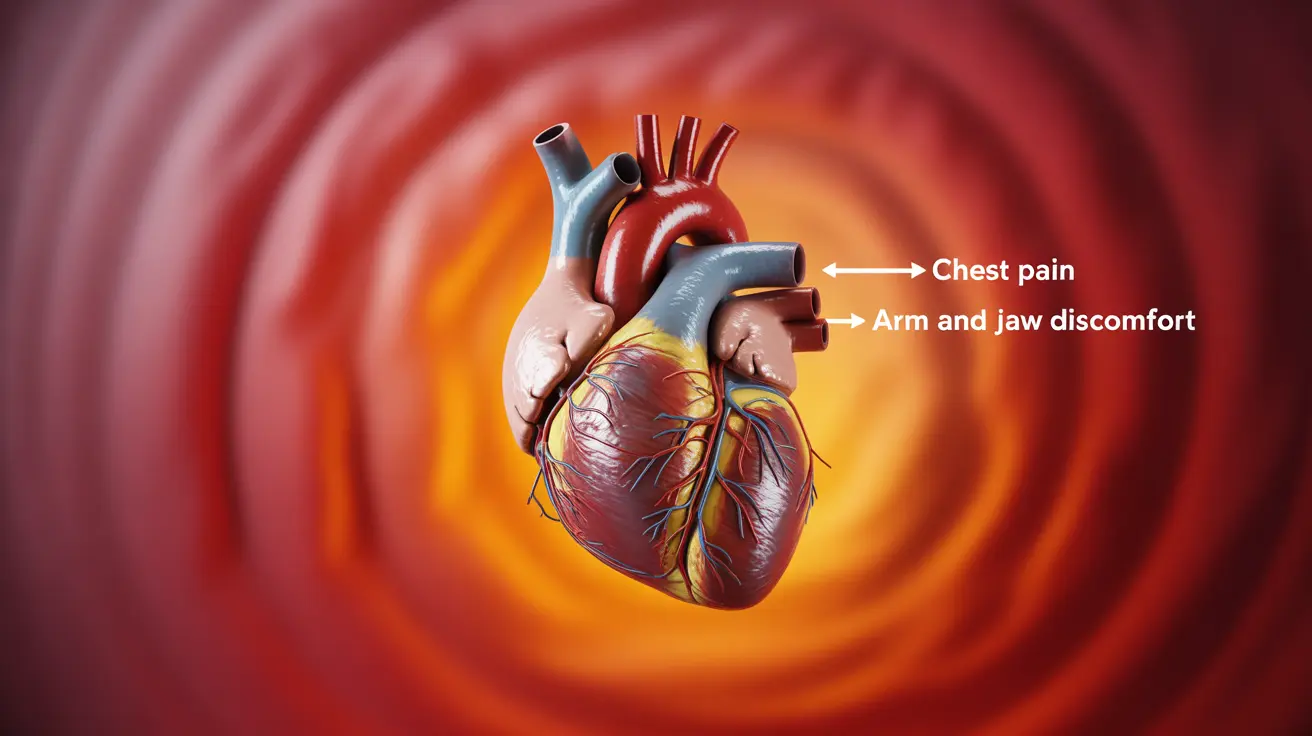Viral diseases represent a significant category of infectious illnesses that affect millions of people worldwide each year. From the common cold to more severe conditions, these infections can impact various body systems and cause a wide range of symptoms. Understanding viral diseases is crucial for recognizing symptoms early and taking appropriate action for treatment and prevention.
This comprehensive guide explores the essential aspects of viral diseases, including their symptoms, treatment options, prevention strategies, and how they differ from other types of infections. We'll also examine evidence-based approaches to boosting your immune system naturally.
Common Symptoms of Viral Diseases
Viral diseases can manifest through various symptoms, depending on the specific virus and affected body systems. Some of the most frequent indicators include:
- Fever and chills
- Fatigue and weakness
- Body aches and joint pain
- Respiratory symptoms (cough, congestion, sore throat)
- Gastrointestinal issues (nausea, vomiting, diarrhea)
- Skin rashes or lesions
- Headaches
The severity and duration of these symptoms can vary significantly between different viral infections and individuals. Some people may experience mild symptoms, while others might develop more severe complications.
Treatment Approaches for Viral Infections
Unlike bacterial infections, viral diseases typically don't respond to antibiotics. Treatment often focuses on managing symptoms and supporting the body's natural healing process.
Medical Management
Healthcare providers may recommend various treatment strategies, including:
- Antiviral medications for specific infections
- Over-the-counter pain relievers and fever reducers
- Decongestants and cough suppressants
- Oral rehydration solutions
Supportive Care
Supporting your body during viral infections often involves:
- Getting adequate rest
- Staying well-hydrated
- Maintaining proper nutrition
- Using humidifiers for respiratory symptoms
- Following medical advice for specific conditions
Prevention and Immunity
Preventing viral diseases involves multiple strategies that can significantly reduce your risk of infection:
Primary Prevention Methods
- Regular handwashing
- Proper respiratory hygiene
- Maintaining physical distance from sick individuals
- Getting recommended vaccinations
- Wearing masks when appropriate
Building Natural Immunity
Several lifestyle factors can help strengthen your immune system:
- Regular exercise
- Balanced nutrition
- Adequate sleep
- Stress management
- Maintaining a healthy weight
Distinguishing Viral from Bacterial Infections
Understanding the difference between viral and bacterial infections is crucial for proper treatment. While they may share some symptoms, there are key distinctions in their characteristics and treatment approaches. Healthcare providers use various diagnostic tools, including physical examinations, laboratory tests, and sometimes imaging studies, to determine the specific cause of an infection.
Natural Approaches to Immune Support
While medical treatment is essential for managing viral diseases, certain natural remedies and lifestyle modifications can help support immune function:
- Consuming immune-boosting foods
- Taking vitamin C and D supplements (as advised by healthcare providers)
- Incorporating herbs like echinacea and elderberry
- Practicing stress-reduction techniques
- Maintaining good gut health
Frequently Asked Questions
What are the most common symptoms of viral diseases?
The most common symptoms include fever, fatigue, body aches, respiratory symptoms like cough and congestion, and sometimes gastrointestinal issues. Symptoms can vary depending on the specific virus and individual factors.
How do you treat viral infections, and what are the options for managing symptoms?
Treatment typically focuses on symptom management through rest, hydration, over-the-counter medications for pain and fever, and sometimes antiviral medications for specific infections. Supportive care is crucial for recovery.
Can viral diseases like the flu or common cold be prevented, and what are the best prevention strategies?
Yes, many viral diseases can be prevented through proper hygiene practices, vaccination, maintaining physical distance from sick individuals, and supporting immune health through lifestyle measures.
What is the difference between viral and bacterial infections, and how are they diagnosed?
Viral infections are caused by viruses and typically don't respond to antibiotics, while bacterial infections are caused by bacteria and can be treated with antibiotics. Diagnosis involves clinical evaluation, laboratory tests, and sometimes imaging studies.
Are there any natural remedies or lifestyle changes that can help boost immunity against viral infections?
Yes, several natural approaches can help boost immunity, including maintaining a healthy diet, getting regular exercise, ensuring adequate sleep, managing stress, and considering appropriate supplements under healthcare provider guidance.




